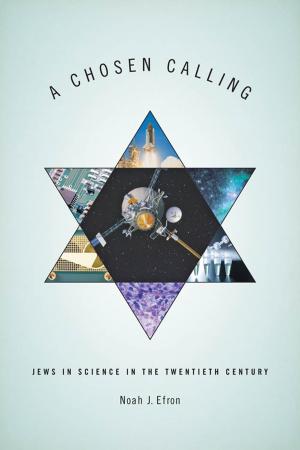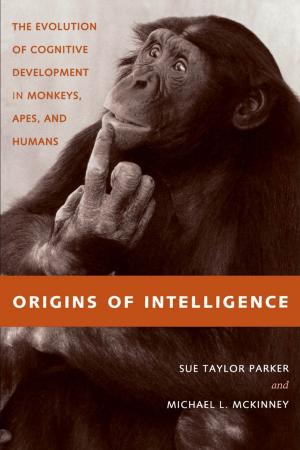The American Lab
An Insider’s History of the Lawrence Livermore National Laboratory
Nonfiction, Science & Nature, Science, Other Sciences, History, Americas, United States| Author: | C. Bruce Tarter | ISBN: | 9781421425320 |
| Publisher: | Johns Hopkins University Press | Publication: | August 1, 2018 |
| Imprint: | Language: | English |
| Author: | C. Bruce Tarter |
| ISBN: | 9781421425320 |
| Publisher: | Johns Hopkins University Press |
| Publication: | August 1, 2018 |
| Imprint: | |
| Language: | English |
Nobel laureate Ernest O. Lawrence and renowned physicist Edward Teller founded the Lawrence Livermore National Laboratory in 1952. A new ideas incubator, the Lab was at the heart of nuclear testing and the development of supercomputers, lasers, and other major technological innovations of the second half of the twentieth century. Many of its leaders became prominent figures in the technical and defense establishments, and by the end of the 1960s, Livermore was the peer of Los Alamos National Lab, a relationship that continues today.
In The American Lab, former Livermore director C. Bruce Tarter offers unparalleled access to the inner workings of the Lab. Touching on Cold War nuclear science and the technological shift that occurred after the fall of the Berlin Wall, he traces the Lab’s evolution from its founding under University of California management through its transfer to private oversight. Along the way, he highlights important episodes in that journey, from the invention of Polaris, the first submarine-launched ballistic missile, to the Lab’s controversial role in the Star Wars program. He also describes Livermore’s significant responsibilities in stockpile stewardship, the program that ensures the safety and reliability of the US nuclear arsenal.
The book portrays the lab’s extensive work on thermonuclear fusion, a potential source of unlimited energy; describes the development of the world’s largest laser fusion installation, the National Ignition Facility; and examines a number of smaller projects, such as the Lab’s participation in founding the Human Genome Project. Finally, it traces the relationship of the Lab to its federal sponsor, the Department of Energy, as it evolved from partnership to compliance with orders, a shift that affected all of the national laboratories. Drawing on oral histories, internal laboratory documents, and the author’s personal experiences from more than fifty years as a Lab employee, The American Lab is an illuminating history of the Lab and its revolutionary work.
Nobel laureate Ernest O. Lawrence and renowned physicist Edward Teller founded the Lawrence Livermore National Laboratory in 1952. A new ideas incubator, the Lab was at the heart of nuclear testing and the development of supercomputers, lasers, and other major technological innovations of the second half of the twentieth century. Many of its leaders became prominent figures in the technical and defense establishments, and by the end of the 1960s, Livermore was the peer of Los Alamos National Lab, a relationship that continues today.
In The American Lab, former Livermore director C. Bruce Tarter offers unparalleled access to the inner workings of the Lab. Touching on Cold War nuclear science and the technological shift that occurred after the fall of the Berlin Wall, he traces the Lab’s evolution from its founding under University of California management through its transfer to private oversight. Along the way, he highlights important episodes in that journey, from the invention of Polaris, the first submarine-launched ballistic missile, to the Lab’s controversial role in the Star Wars program. He also describes Livermore’s significant responsibilities in stockpile stewardship, the program that ensures the safety and reliability of the US nuclear arsenal.
The book portrays the lab’s extensive work on thermonuclear fusion, a potential source of unlimited energy; describes the development of the world’s largest laser fusion installation, the National Ignition Facility; and examines a number of smaller projects, such as the Lab’s participation in founding the Human Genome Project. Finally, it traces the relationship of the Lab to its federal sponsor, the Department of Energy, as it evolved from partnership to compliance with orders, a shift that affected all of the national laboratories. Drawing on oral histories, internal laboratory documents, and the author’s personal experiences from more than fifty years as a Lab employee, The American Lab is an illuminating history of the Lab and its revolutionary work.















